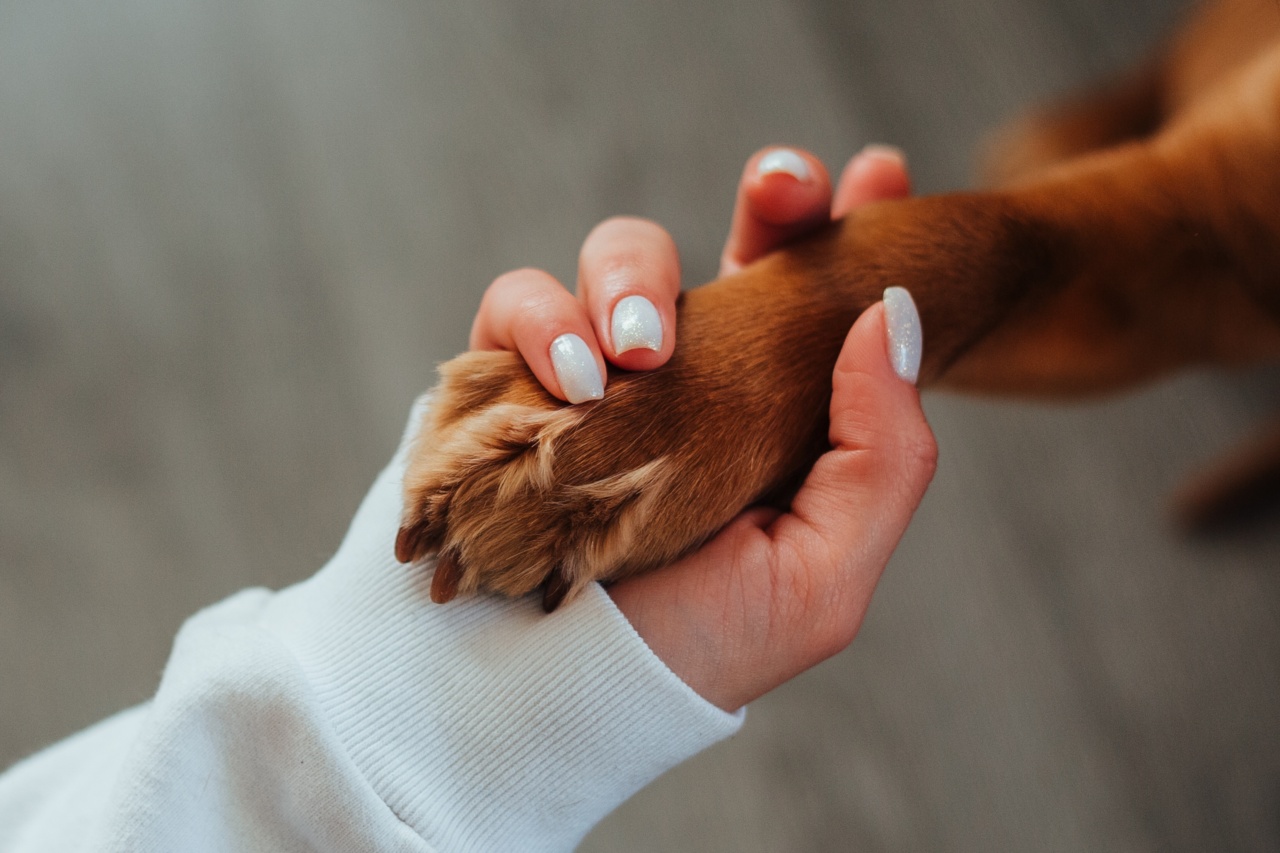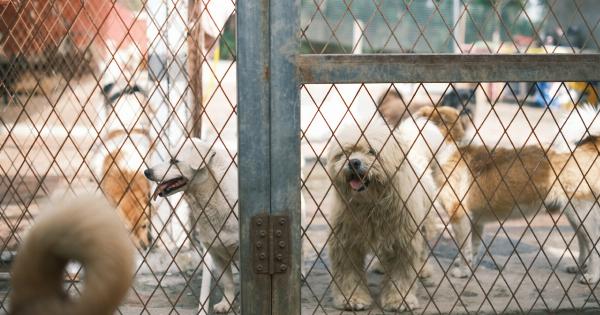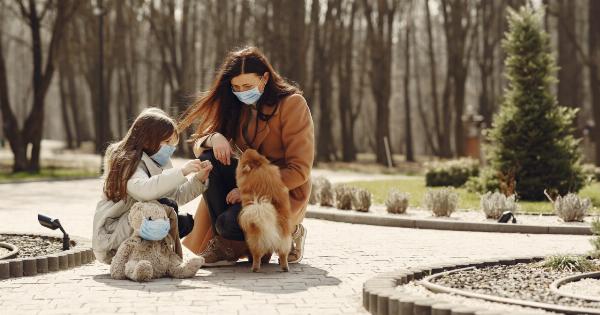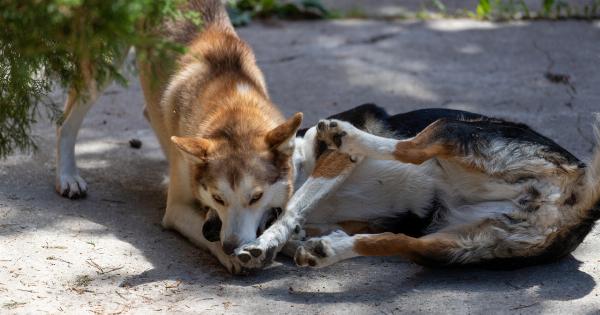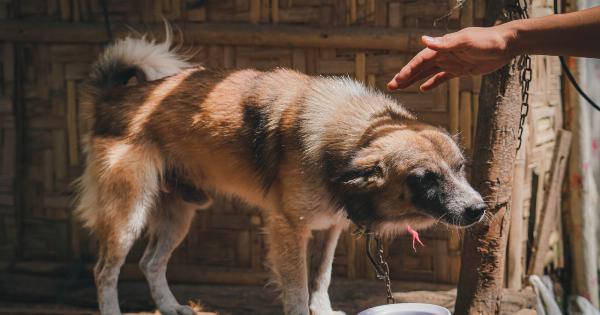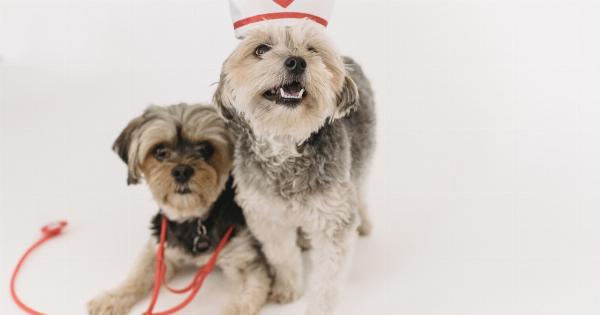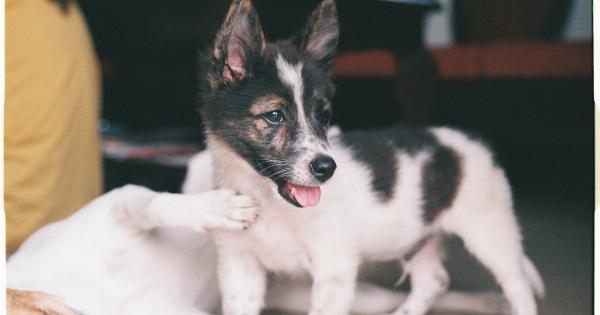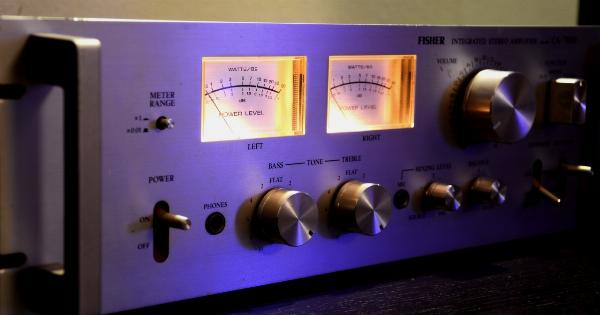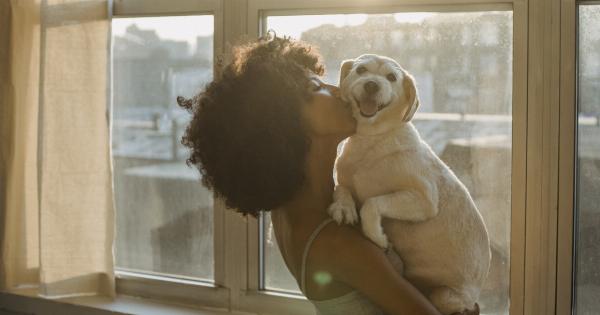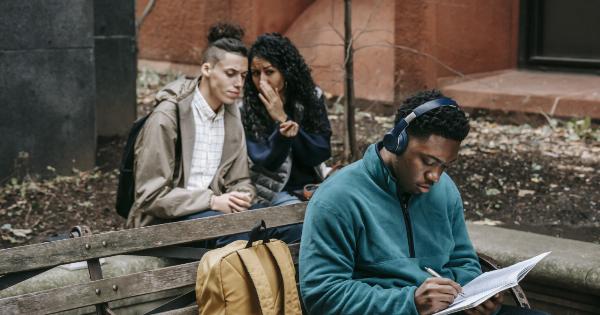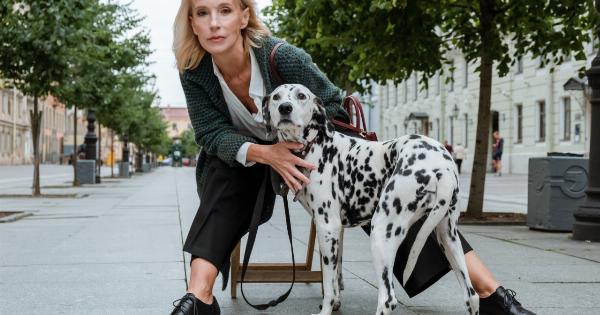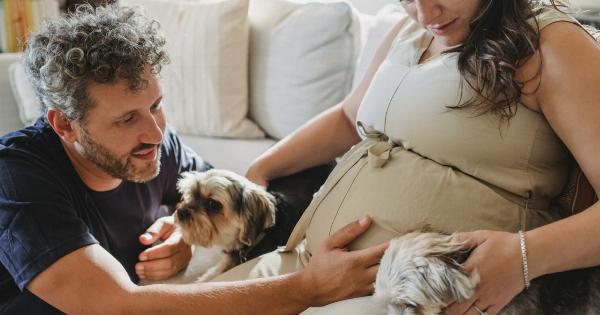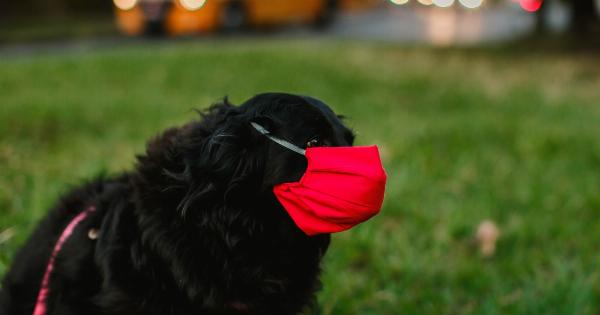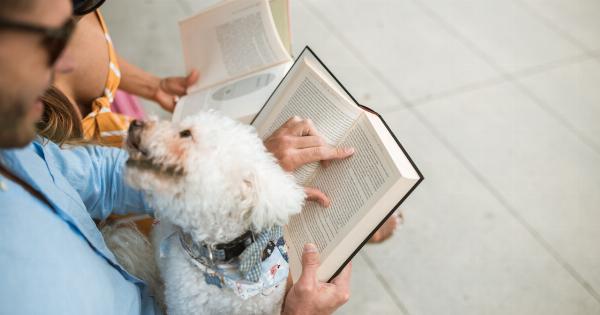Dogs communicate with us in various ways, one of the most important being their body language. Understanding your dog’s body language can help you build a strong relationship and avoid misunderstandings.
One particular type of body language is the calm signal, which signifies that a dog is relaxed and comfortable in their current surroundings. In this article, we will discuss what calm signals are and how to interpret them.
What are calm signals?
Calm signals are subtle body language cues that dogs use to communicate to other dogs or humans that they are not a threat, they are calm, and they mean no harm.
These signals are often displayed in social situations or when a dog is feeling anxious, nervous or stressed. Calm signals are also used to de-escalate potential conflicts.
Examples of calm signals
There are numerous calm signals that dogs use. Some of the most common ones include:.
1. Lip licking
Lip licking is often a sign of stress or anxiety. If your dog licks their lips frequently, it may indicate that they are feeling uneasy. It can also be an indication that they are trying to calm themselves down.
2. Turning their head away
Turning their head away from something, especially if it is something that might be considered a threat, is another sign that a dog is trying to calm themselves down. This could be another dog, a stranger or a new environment.
3. Yawning
Yawning is often associated with being tired, but it can also signify that a dog is trying to calm themselves down. A dog will often yawn in stressful situations to try and relax themselves.
4. Sniffing the ground or objects
Sniffing is a calming signal that is often displayed when a dog is feeling nervous or anxious in a new environment. By sniffing the ground or objects, a dog is trying to gather information about their surroundings and feel more comfortable.
5. Squinting or blinking
Squinting or blinking is another calming signal that dogs use to calm themselves down. By closing their eyes, a dog is lessening the potential threat that they perceive in the environment while also taking a moment to relax.
6. Play bowing
A play bow is a classic sign of invitation to play and is often used as a calming signal when two dogs are meeting for the first time. It is a way for the dogs to communicate that they mean no harm to each other and just want to have fun.
Why is it important to understand calm signals?
Understanding calm signals is important because it can help you to build a stronger relationship with your dog based on mutual trust and respect.
By recognizing when your dog is feeling anxious or nervous, you can take steps to make them feel more comfortable and less stressed. For example, if your dog is repeatedly licking their lips while they are at the vet, you can try to distract them with treats or toys to help them relax.
Knowing about calm signals can also help you to avoid misunderstandings with other dogs. If you see another dog displaying calm signals, you can recognize that they are feeling nervous and give them some space to calm down.
This can help to prevent any potential conflicts that may arise from their anxiety.
Conclusion
Calm signals are an important part of dog body language and are often displayed when a dog is feeling anxious, nervous or stressed.
By understanding the different calm signals and what they mean, you can build a stronger bond with your dog, and avoid misunderstandings in social situations. Remember that each dog is different and may have their unique set of calm signals, so take the time to observe and learn about your dog’s specific behaviors to build a strong relationship with them.
